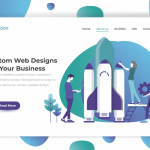
How to Reach your Target Audience through Content Marketing | Simplemachine
For every business that needs to expand and create awareness of their services and products, it will require a valuable content marketing technique. You will need to get the message to the right people for this is the critical factor on how the target audience will receive the content. One of the best ways to develop a blog post is by starting with a pen and paper. Take considerable time and effectively draw down the details of where your audience is and how to approach them.
Today’s customers want an excellent customer service experience. Below is a four-step guide to help you get the type, channel, and time requirements that will lead to a maximum reach and a successful content marketing campaign.
- Recognize Your Target Audience
This is the starting point of every content marketing campaign. You need to acknowledge that whatever content you’re creating isn’t going to be read by everyone on the internet. A particular group of consumers will read it with an established interest in your products and services. This group of people is known as your target audience.
There are four main benefits of identifying a target audience. First, it maximizes your time and resources. Secondly, it can help you come up with a great value proposition as you seek to topple your competition. Third, if you’re going to need investment capital at some point, a clear definition of your target audience can be instrumental in getting their buy-in. And, lastly, knowing your target audience can help you achieve a better ranking on search engines.
To define your target audience, begin by looking at your current customer base and note common characteristics and interests among them. Then, check out your competition. Who are they targeting? The people they’re targeting are likely to be your targets too. It’s also important to analyze your products and services and make a list of people with a need for those items. Finally, determine the demographics of people with a demand for your products. You need to know their age, location, gender, income level, education level, occupation, and marital status.
- Determine the Most Appropriate Content Type
Experts recommend selecting content marketing strategies based on the target audience’s stage in the sales cycle. A sales cycle comprises three primary stages; the top of the funnel is the “awareness” stage, the middle of the funnel is the “evaluation” stage, and the bottom of the funnel is the “purchase” stage. Each of these stages requires specific types of content for the best outcome.
At the awareness stage, people are looking for answers, resources, education, opinions, research data, and insight. The best content types for this stage, therefore, include social media marketing content, blog posts, e-books, whitepaper, and reports with original research.
In the middle of the funnel, consumers are doing substantial research on whether a given product is the right fit for them. As such, you need to provide content that shows why your solutions for a particular problem are the best fit. Expert guides, webinars, live interactions, and whitepapers are some of the most appropriate content types here. Finally, at the bottom of the funnel, consumers are ready to buy. But, they need to decide from who to accept. You need to convince them that you’re the best provider of that product or service. Content types that work best here include case studies, product literature, targeted emails, and demo videos.
Keep in mind the details of the target audience collected in step one above. In addition to the sales cycle stage, the type of content you pick must be informative on the personal and demographic details of the target audience.
- Identify the Best Marketing Channels
Now that you know your target audience and the ideal content plans for your campaign, the next step is to pick out the channels for content distribution. Four factors inform the choice of channels; what fits your message, who (and where) your audience is, your budget, and your greater content marketing strategy.
Depending on the content marketing type you’ve chosen, your promotion channels might be limited. For instance, if you prefer using whitepaper, you may only be able to post it on your website and perhaps share it on social media. Always choose a channel that best conveys your message. Secondly, be mindful of your target audience’s preferred digital channels. Is it social media, blogs, videos, or emails? Of course, you may have to use a combination of multiple channels. But, you need to pick out the most popular channels in the audience base.
Now you can consider your budget. Can you afford paid channels such as promoted social content and paid search? Can you afford to send email newsletters to everyone? With that covered, move to your overall content marketing strategy. It’s important to stick to channels that tie into the rest of your content marketing campaign.
Some of the most popular distribution channels to consider are the following: paid options – paid search, promoted tweets, promoted pins, promoted Facebook posts, Instagram ads, and sponsored LinkedIn content; owned channels – your blog/website, social media profiles, email marketing, and video; earned channels – organic search, syndication, influencer marketing, and social shares.
- Establish a Posting Strategy
Finally, create a posting schedule. When should you publish that blog, Facebook post, or promoted tweet? What days of the week and what time of day? Also, how often should you release in a day, week, or month? Once, twice, five times? The following are content marketing best practices to get you started.
For blogs, more posts generate better results. According to a recent HubSpot study, B2Bs that post at least 16 blogs a month (four times a week) see 3.5 times more traffic compared to those that post only once a week. Among B2Cs, marketers that post 16+ blogs every month receive 4.5 times more traffic. It’s true that traffic tends to increase when you publish your 401st blog post. On average, blogs with 400+ posts receive twice the volume of traffic that blogs with 300-400 posts receive.
Regarding the day of the week and time of day, posts generally get the most traction from Friday, through the weekend, to Tuesday, from 9 am to 1 pm.
With regards to social media, the numbers vary from one network to another. If posting on Facebook, limit yourself to one or two posts per day, published between 1 pm and 3 pm. For Twitter, 4-15 tweets per day, posted between 12 pm and 1 pm, deliver the most value. And, if using LinkedIn, 20 posts per month, or two posts every three days, provide maximum benefit. Experts recommend publishing your posts at noon.
Now, Over to You
If you can follow the four steps above, be prepared for maximum reach. For optimal conversions, create valuable content and consistently measure and improve your campaign.
Simplemachine is a premier Web Design, SEO, and Content Marketing company in Bentonville, Arkansas. Contact us today at 877-524-6325 for a Free Consultation.





